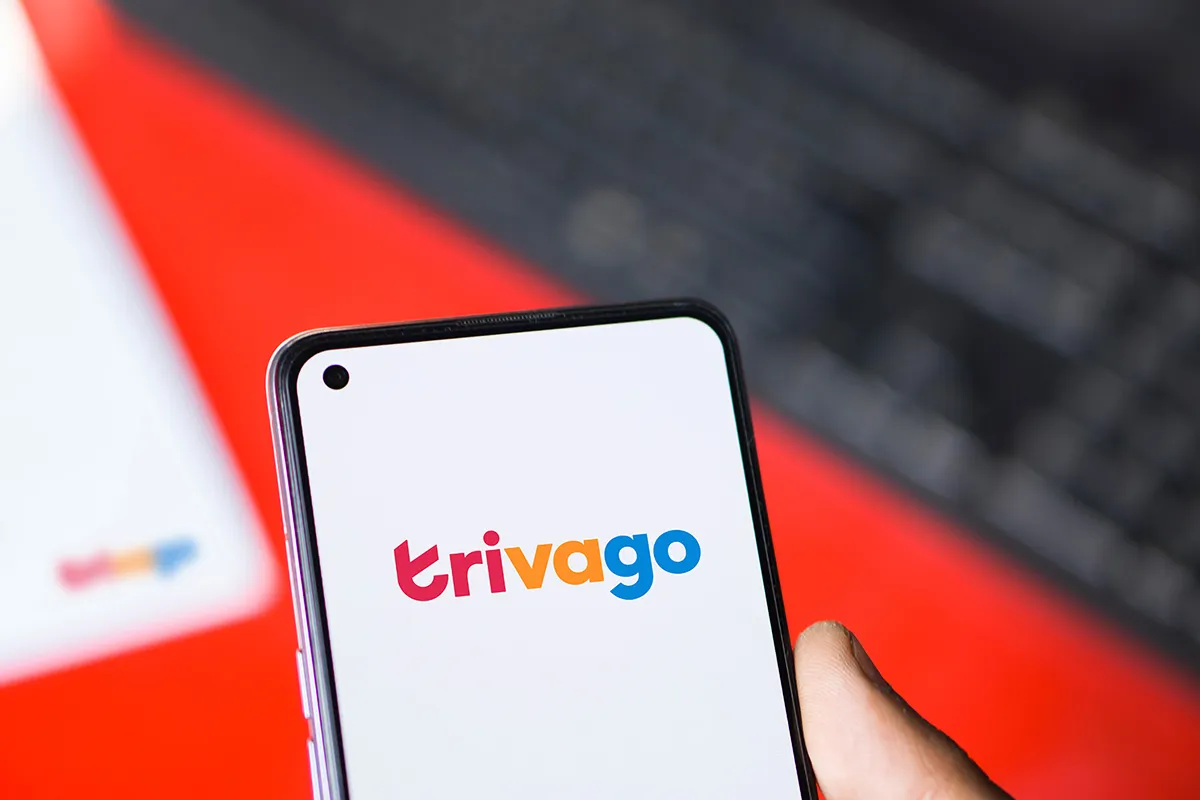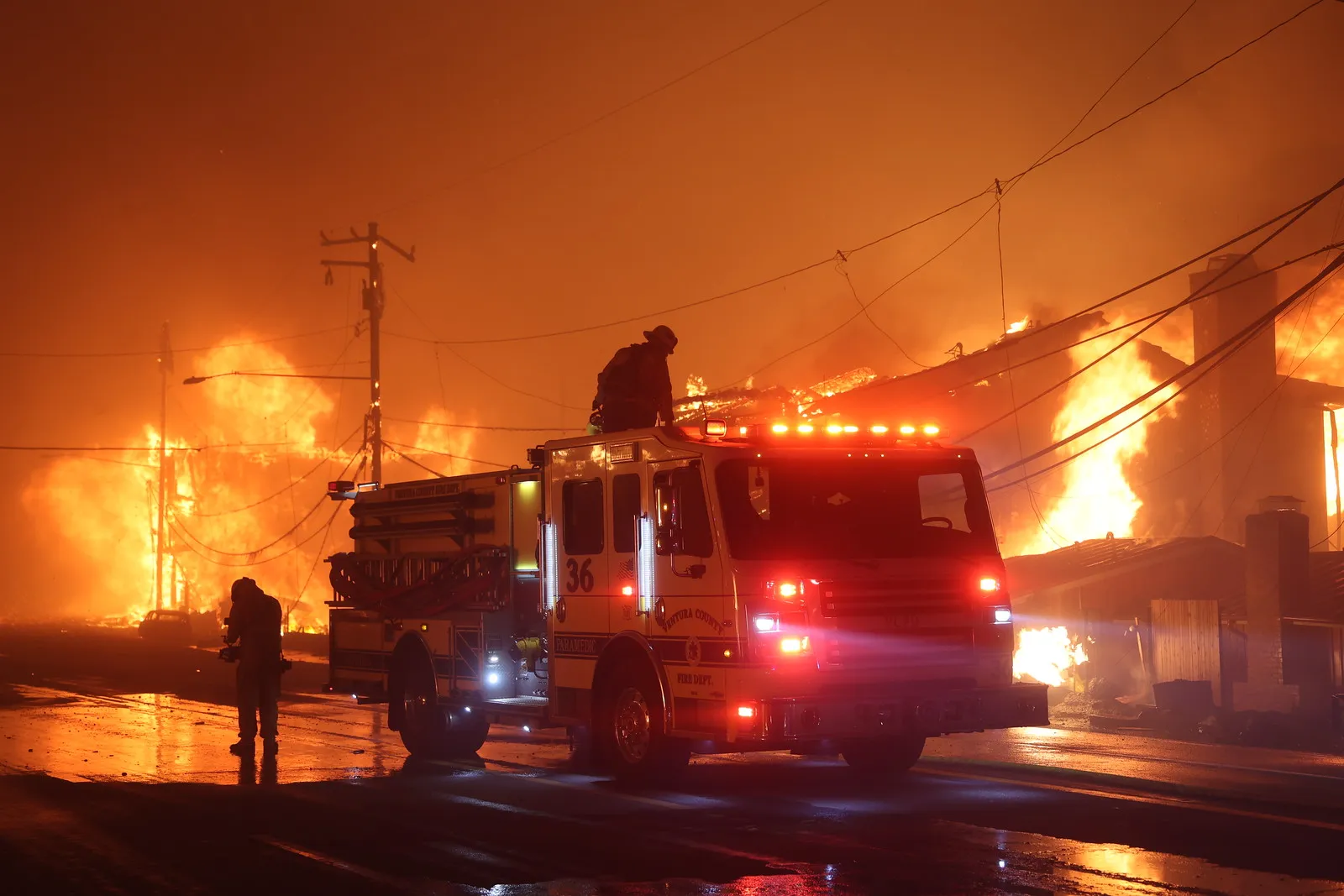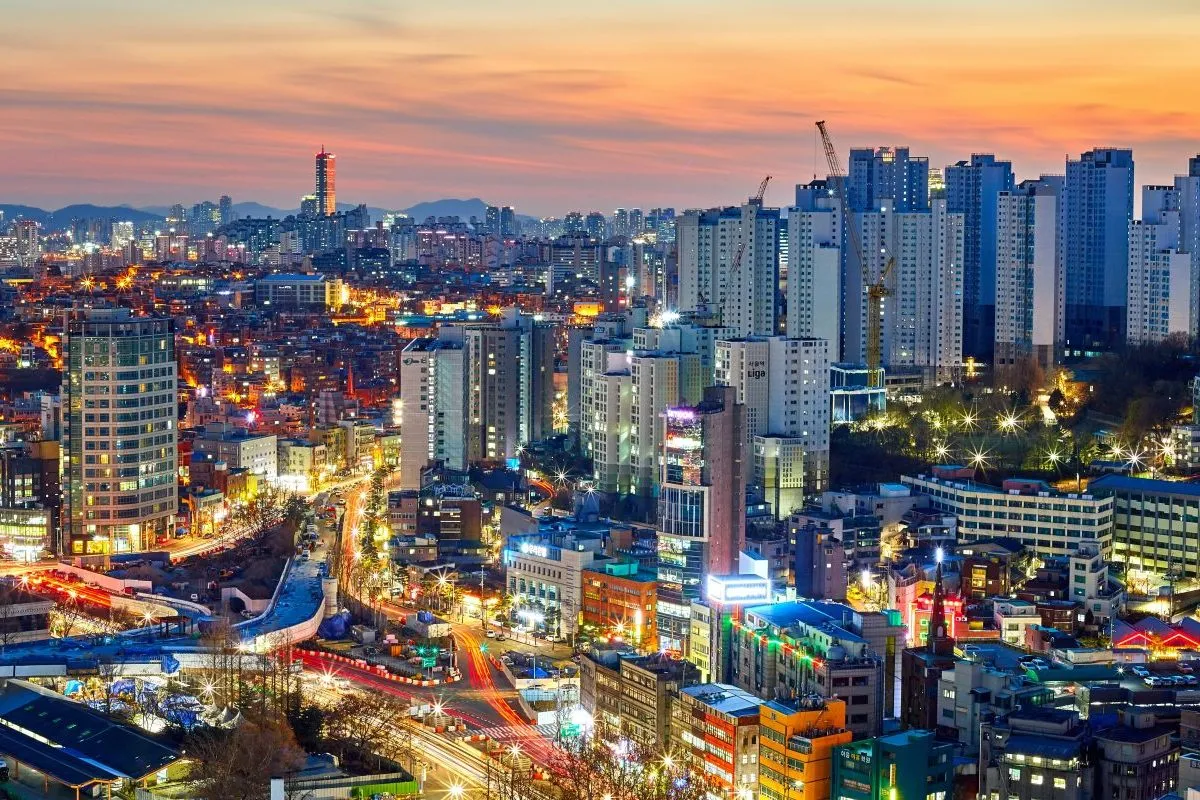3 Top Hotel Executives Get Candid About Growth Challenges in Latin America

Skift Take
- Rendering of Grand Hyatt Rio de Janeiro
- Courtyard by Marriott Mexico City Airport Hotel
“Every major hotel brand in the U.S. today has a significant focus on Latin America,” said Mike Ward, SVP, development asset management for Hyatt Hotels, at this week's Hospitality Design Americas conference in Miami Beach.
Ward was part of a panel discussion about Latin American hotel development, or rather, the challenges facing U.S.-based flags trying to expand operations in the region. Joining him were John Walters, VP, architecture & construction, Latin America/Caribbean for Hilton Worldwide; and Hector Oliva, senior director of design & project management, Caribbean/Latin America for Marriott International.
Explaining that each country in Latin America works differently with outside developers, Ward said the process requires a deep understanding of each local culture when it comes to dealing with everyone from the hotel owners to the local subcontractors.
“We’re all paying a dumb tax right now,” he explained, due to the steep learning curve in the region requiring a significant amount of trial and error, and upfront investment. “We’re going into these markets and we don’t completely know what we’re doing.… We’re doing some things right and we’re doing some things wrong. And hopefully what we’re doing with these projects is we’re learning something each time and not repeating the same mistakes.”
All three men wholeheartedly agree that in order to succeed, they need to share their insight with each other about how they’ve dealt with various challenges in the past.
“This is truly a case where a rising tide raises all ships,” said Ward.
The three executives also described how they’re developing Latin American architectural models for their various individual brands, which can be slightly adapted for each country. A common trend is smaller rooms than in the U.S., and equal or larger size lobbies with comprehensive F&B facilities.
“For our Hampton Inn product, we have a Latin American prototype now that has a smaller guest room that’s very European actually,” said Walters. “So instead of a 27 square meter room (300 square feet), we have a 21.8 square meter room.... Understanding that real estate is very expensive, we want to shrink the footprint because cost is measured per square foot, so this is us responding to the owners and the market.”
John Walters, Hilton Worldwide
Walters kicked off the panel with a discussion about Hilton’s new Curio Collection, similar to Marriott’s Autograph Collection. Hilton is partnering with hotels that have a strong individual story, like the new SLS Hotel Las Vegas, which provides the properties with Hilton’s global distribution and marketing reach.
Initially during the conceptualization phase of Curio, Hilton execs expected to sign up a large batch of Latin American contracts to fill out the young portfolio.
“There are a lot of hotels in America that fit this mold,” said Walters. “In Latin America, we had a big pipeline at first and then we found out that the fire, life and safety issues were a bit of a problem in some of these buildings, that maybe didn’t have sufficient fire sprinklers, or one fire exit instead of two.”
Shifting to new builds, Walter said Hilton had 13 new construction starts last year, about 20 this year, and an anticipated 20 to 30 next year. “We have over 40 hotels now and the pipeline’s growing like crazy so it’s a very exciting place to work. Things are growing exponentially for us.”
Mexico is the primary destination for growth right now for Hilton, followed by Colombia, Peru and Brazil. Walters is also bullish on Chile, which he says has the best economy and most stable government in South America.
In Argentina, all three panelists want little to do with any new projects there, saying the country’s economy is in turmoil and there’s no clear government initiatives outlined to shore up the national budget.
Regarding the signature Hilton brand, Walters said the modernist Hilton Mexico City Santa Fe opened in April and Hilton Panama opened in August. The Hilton Barra Rio de Janeiro, meanwhile, was supposed to also open this year in time for the World Cup, but now it's expected to open in December.
“I just hope it opens in time for the Olympics,” he joked. “In Latin America it can be very difficult to predict exactly when a hotel will finish construction.”
Mike Ward, Hyatt Hotels
Ward talked about development challenges in Brazil, saying the country is a very “closed society” because it’s difficult to import goods and talent.
“And there are not only a lot of barriers to entry, but once you’ve made money in that country getting the money out,” he explained.
Because of that, investment in Brazil is a long term play, especially when Hyatt has an equity stake. So profits are usually redirected back into future development projects inside the country.
“It doesn’t make any sense for us to extract money from Brazil and get 45 cents on the dollar,” said Ward. “Once you enter a market like this you’re in for the long haul.”
Ward then discussed the new Grand Hyatt Rio de Janeiro in development, located in the upscale beachfront neighborhood of Barra da Tijuca. He said the 436-room hotel is part of a new trend based on the booming business travel market. It’s not a resort, it’s a business hotel on the beach with large meeting space and fitness facilities.
“We’re looking for the business traveler, that’s where the long term viability for projects in this location will be.”
Ward then added that even though the Grand Hyatt is a large hotel, it’s only seven stories high because no hotel in Rio is permitted to cast a shadow on the beach.
“There is nothing more intrinsic to life in Rio de Janeiro than the beach,” he explained.
Next, Ward unveiled that Hyatt Hotels sees the greatest growth opportunity in the select service sector in secondary and tertiary markets, including Hyatt Place and extended stay brand, Hyatt House.
But in order to move ahead with that, as required in the Latin American development arena, it’s fundamental to have great visibility in the primary markets. That’s why Hyatt took over operations of the ex-Hotel Nikko in the capital city to rebrand it Hyatt Regency Mexico City in 2012.
“So it’s important for us to be in the Mexico Cities and Sao Paulos and Buenos Aires and Rio de Janeiros,” said Ward. “And Miami. Miami is the capital of Latin America…. It is highly atypical for a Latin American affluent family to not have a home in Miami. I have as many meetings in Miami as I do in Buenos Aires or Rio de Janeiro.”
Hector Oliva, Marriott International
Marriott CEO Arne Sorenson handed down a mandate to have 150 hotels open in Latin America by July 1, 2017, which Oliva raised an eyebrow at. Presently, he anticipates 85 fully open Marriott-operated properties by the end of the year, with another 50 in various stages of development.
“One thing that we have found is the limitations of the region—all the expenses, methods and means of construction, availability of funds and the usual things that you find everywhere else,” said Oliva. “But they’re typically more apparent in our region.”
As a counterpoint to that, Oliva said the region’s biggest selling point is the level of service at all of the major branded hotels in Latin America, based on the inherent willingness of the people to be welcoming hosts.
“The people are hospitable, the people are absolutely wonderful,” he lauded. “It’s one of the things that I have never experienced anywhere else, even in a Ritz-Carlton in the United States. Seriously.”
Oliva then pointed out why many of Marriott’s new select service properties in Latin America are above the standards of the same brands in America. For Latin American businessmen, he said, owning a hotel is a lot of times somewhat of an ego trip, so they don’t look at the bottom line as much as you might expect. They instead look at their hotels as a legacy they’re leaving for their family or for the city.
While showing a series of new select properties, Oliva pointed out how the interior colors have become more much more modern. Bathrooms are minimalist and almost all white, and the wardrobes are designed merely with open shelves and bare clothes racks.
“We have worked a lot with Millennials and we’ve learned a lot,” he said. “We’re catering more to a modern, clean environment with simplified forms, simplified furniture—a simplified place. It caters more to a way that Millennials actually want their hotel. We don’t want them to say, 'I’m going to my dad’s hotel.' They’re going to their hotel.”
Then Oliva briefly discussed Moxy Hotels, which was somewhat surprising because Marriott to date has only committed the Millennial-specific brand to Europe, beginning with Moxy Milan this summer.
However, it did lead to an interesting exchange between Oliva and Ward. During the Q&A session, one designer asked Ward if Hyatt had anything like Moxy Hotels in development.
“No, but if it’s successful, you bet we will," he answered. "And they’re watching our all-inclusive brands [Hyatt Ziva/Hyatt Zilara], just like we’re watching Moxie. There will be things we’ll emulate from each other and there’ll be things we discard. That’s how things evolve.”
Olivia added, “It’s a very competitive business but if we want to grow we have to work together. We can’t do it one by one.”
Greg Oates covers hotel and tourism development. Email him at go@skift.com.






